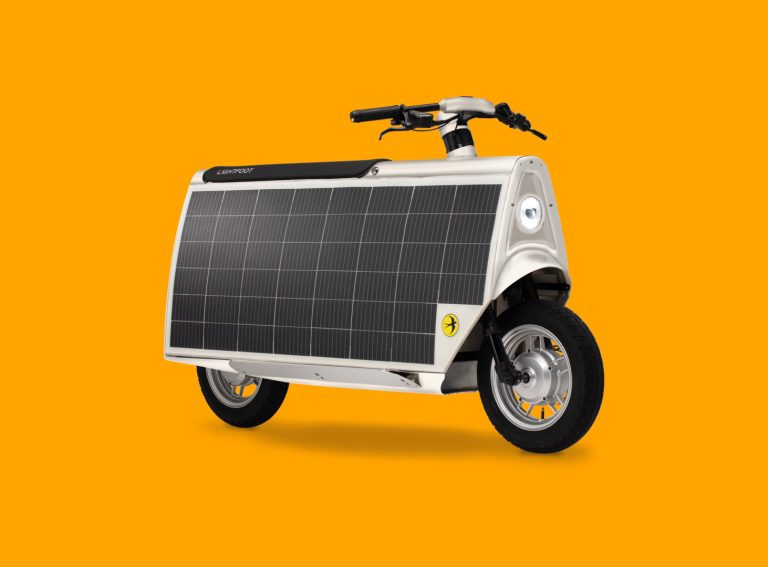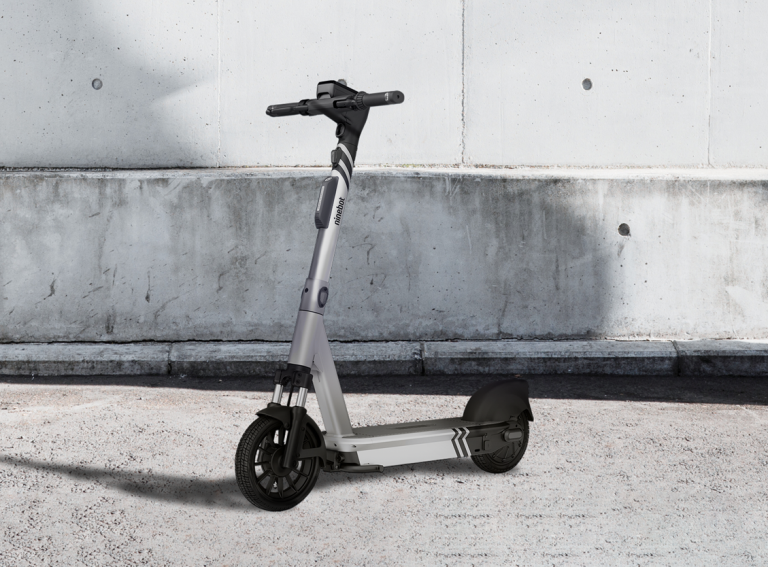Charging technology company Meredot has released a universal wireless charger designed to make Light Electric Vehicles (LEVs) more accessible.
The Infinity Charger is a physical pad that can be placed above or below ground which charges e-bikes, e-scooters, wheelchairs, and other LEVs parked over it.
Meredot’s wireless charging solution doubles the speed of charging and extends battery life by 30% depending on the vehicle.
“Traditional charging methods often require manual plugging or swapping batteries, which might be challenging for individuals with disabilities,” Roman Bysko, CEO and Co-Founder of Meredot, told Zag Daily.
“The wireless charger eliminates the need for manual intervention. Users simply need to park their micromobility vehicles equipped with receivers over the charging pad for automatic charging to commence, offering a hands-free and hassle-free experience.”
Widening accessibility for personal needs
Another way the Infinity Charger caters to users with accessibility needs is using a charging pad which doesn’t require specific parking alignments. Instead, the pad accommodates for flexible positioning of the micromobility vehicles without any particular orientation.
This doesn’t impact the efficiency of the charging system either, which remains at more than 92% over a 150 millimetre ground clearance.
“Charging initiates automatically within a certain range, regardless of the vehicle’s angle or position, making it more user-friendly, especially for those with mobility challenges.”
Furthermore, the universal nature of the charger means that wheelchair users can access the same charging spots as e-scooters and e-bikes, which are often distributed in popular areas of the city. This may increase the ease of wheelchair users charging their vehicle while out and about.
Widening accessibility of charging spots
The Infinity Charger considers the general ease of accessing charging spots in the city.
Compatible with nearly all brands and models of LEVs, a wide range of users can utilise the same charging infrastructure to charge their vehicle.
The charger’s ability to work both indoors and outdoors also means it can be integrated into various public spaces such as shopping malls, airports, parks, and transportation hubs.
This is particularly useful in encouraging the use of micromobility in urban areas.
“The integration ensures that users have access to charging facilities in diverse environments, promoting the use of micromobility vehicles as a reliable mode of transportation.
“Ultimately, this wireless charger revolutionises micromobility parking and charging paradigms, offering a more accessible, efficient, and user-centric solution for cities aiming to promote inclusive urban mobility.”
The Infinity Charger will be demoed at the CES technology event in 2024.



